2016 and 2015 Kawasaki ZX-10R Comparison
- 15/06/2016
2,618 views

The launch of the 2016 ZX-10R Ninja to local media two weeks ago was much anticipated, and throwing the WSBK-developed superbike around Sepang did not disappoint. Kawasaki promised an all new ZX-10R, and while the 2016 racetrack-ready machine resembled the previous generation model superficially, there were many changes made.
After winning the 2015 World Superbike championship, courtesy of Jonathan Rea and the Kawasaki Racing team (KRT), Kawasaki elected not to facelift the 2015 bike, but instead revised everything on the 2016 model, down to the last nut and bolt.
The biggest game-changer is the whole suite of electronics that Kawasaki has thrown into the package, including an inertial measurement unit, completely new Showa suspension front and rear, revised engine internals, brakes and frame dimensions.
All these were done in an effort to make the 2016 Kawasaki ZX-10R as race-ready as possible, down to the inclusion of a lap-timer. Visually, the ZX-10R has now gone to a menacing colour scheme of Kawasaki green and black for the KRT version, and a murdered-out matte-black for the Winter Test (pictured here).
Up one cc from the 2015 Kawasaki ZX-10R, the 2016 bike makes a claimed 197 hp, compared to the 2015 model’s claimed 200-ish hp. Torque sees a similar difference, with the 2016 and 2015 bikes having 113.5 and 99.5 Nm, respectively.
Other changes from the 2015 model are brakes lifted off the Kawasaki H2 and H2R hyperbike, with Brembo M50 Monoblock replacing the previous Tokico calipers grabbing 310 mm discs, compared to the 2016 bike’s 330mm. dinner plates.
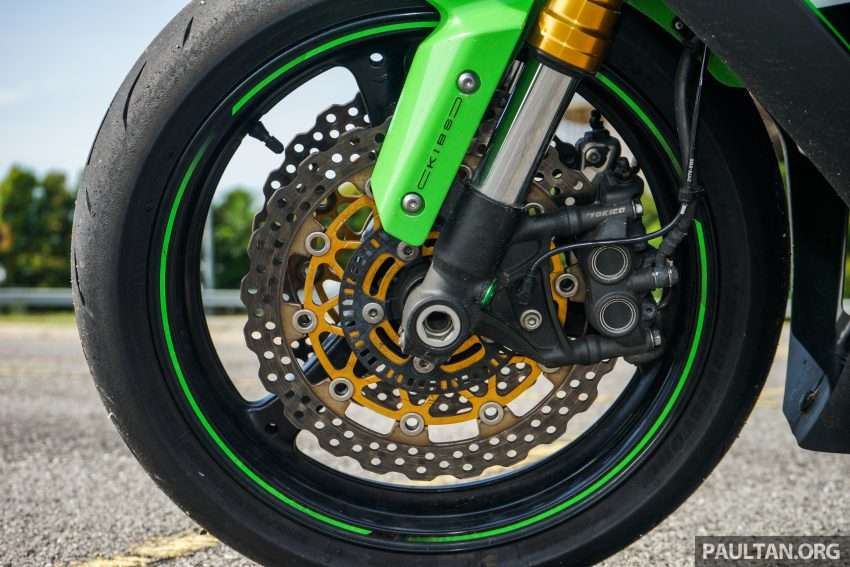 |
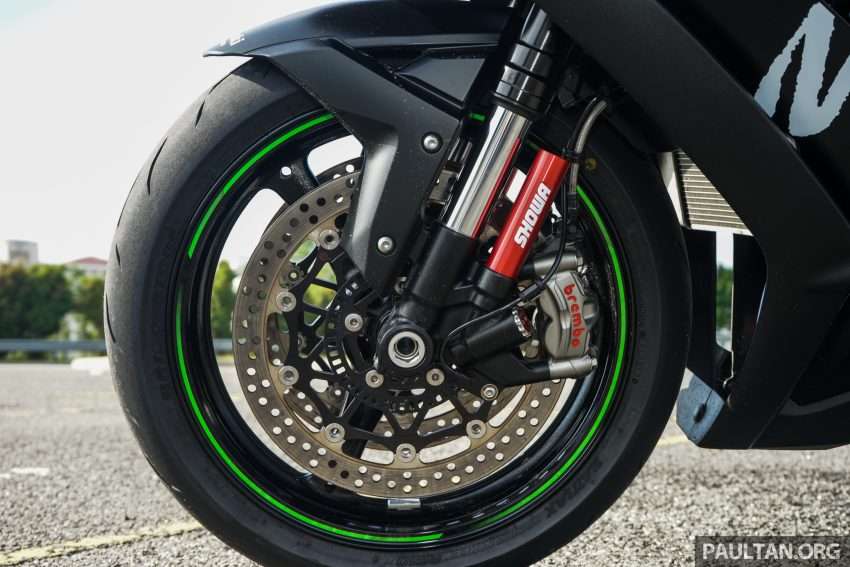 |
The exhaust system has been revamped from 2015, with the 2016 ZX-10R carrying titanium headers and a different end-can. In combination with Kawasaki’s Ram-Air system, this lets the new superbike get 204 hp at its peak.
Up front the fairing has been re-designed, with a wider front giving the rider more protection, and a slightly different air intake letting more air in. The 2015 ZX-10R has a much narrower, but slightly taller, fairing, and lacks the cut-outs that are found on the 2016 bike that relieves back-pressure on the rider behind the bubble.
At the back, the swingarm pf the 2016 Kawasaki ZX-10R is longer by 15.4 mm, the longer wheelbase giving more stability and biasing the weight of the bike forward to give the front tyre more grip. The front forks were also tucked in a little to lighten the steering and place more weight on the front.
PARTS FOR : KAWASAKI ZX10R
The biggest change was to the front fork and rear suspension. Developed in conjunction with Showa, the 2016 ZX-10R’s front fork – called Balance Free Fork (BFF) – has an external compression chamber for the oil. Separating the oil and air charge in the fork prevents aeration of the oil and gives smoother for operation.
At the back, the same principle of separation applies on the Balance Free Ride Cushion (BFRC) rear shock absorber, and the shock is fully-adjustable. All the changes make the 2016 ZX-10R into an almost WSBK-spec superbike, with all the necessary gizmos for both track and street use. While the 2015 ZX-10R was in for the previous season – you don’t win championships on sub-standard machinery – the 2016 Kawasaki ZX-10R, which retails for RM104,859, takes the speed up a notch, and looks set to be bringing the fight directly to the BMW Motorrad S1000RR and Yamaha YZF-R1.
GALLERY: 2015 Kawasaki ZX-10R Ninja
Source : paultan.org
Special Promotion! : Get Armored! Weekly Sale!






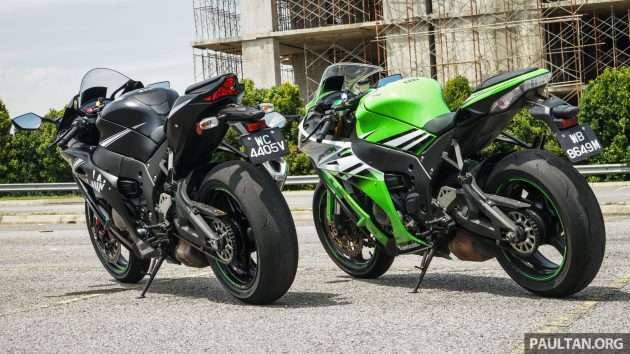





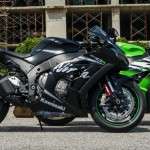





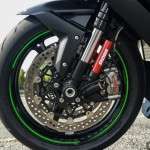
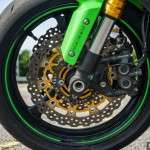
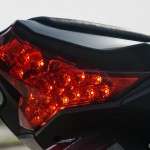

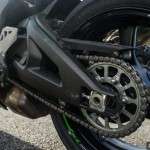
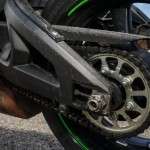


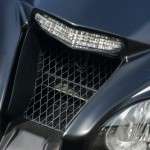
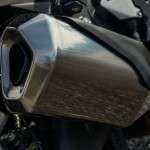









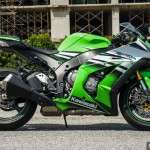


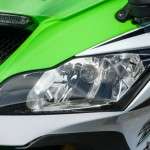
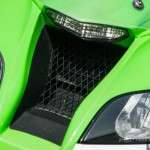
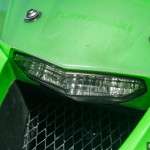

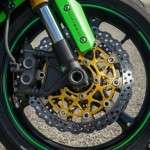

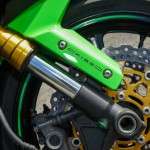
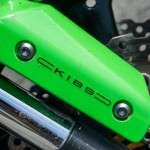
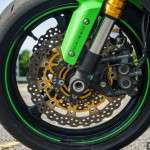


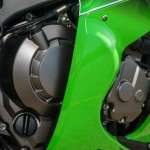

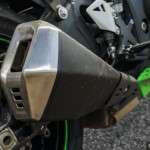
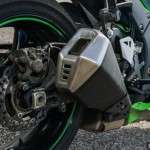
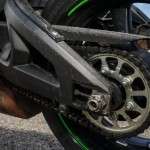



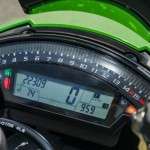
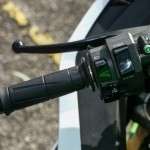
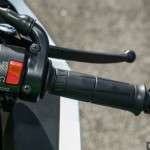
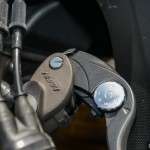
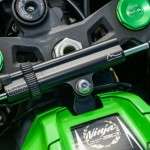
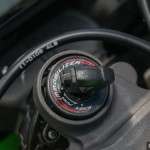

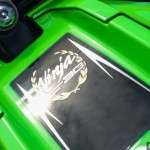
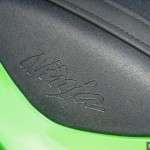






















.jpg)

.jpg)
